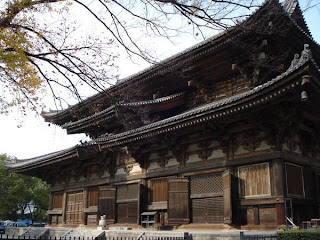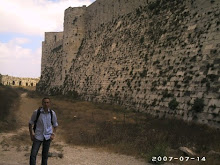When you walk through Kyoto...then you feel you are walking through centuries of the Japanese history. This imperial city was leading as a center of the Japanese religion, and as well, theater, music, dances, besides its role as a center of crafts during the Muromachi period (1334-1568). Spared by Allied bombing during World War II, the city is said to hold 20 percent of all Japan's national treasures, including more than 1,700 Buddhist temples and 300 Shinto shrines, all dispersed, often hidden, amid its modern cityscape.
27 September 2009
26 September 2009
Acropolis Of Athens..a marvelous piece of history
A precious success of the golden age of Greek civilization, the magnificent complex Doric temple known as the Parthenon is the largest structure built in Greece, and it has crowned the top point of the city skyline (acropolis means "upper town") since the 5th century B.C.
The amazing Acropolis is perched upon a limestone mount towering above the city of Athens. The ruins of the Acropolis consist of the Erechtheum, the Propylaea, the Temple of Athena Nike, and the magnificent Parthenon. The name Parthenon means “virgin’s chamber,” and was dedicated to the virgin Athena, the goddess of wisdom and patroness of Athens. The Parthenon was erected between 447 and 432 B.C by order of Pericles, and is considered one of the most perfectly proportioned buildings of all time. So precise was the Parthenon’s architect, Ictinus, that a discernible indent was incorporated into the straight lines of the structure’s long sides to lend the effect of appearing even straighter from a distance.25 September 2009
Great Pyramids of Ancient Egypt ...forty centuries look upon you!!
"From the summit of these monuments" cried Napoleon "forty centuries look upon you!"…by these few words, Napoleon could express the logic defying and the mystery of these magnificent structures..
The pyramids are the only one from the seven ancient world wonders to have survived nearly in good condition. The funerary Great Pyramid of Khufu is the oldest at Giza and the largest in the world, built nearly in 2500 B.C. with about 2.3 million limestone blocks, and each one weights an average 2.75 tons, and constructed by a force of around 20,000 workers. Two smaller pyramids nearby belonged to Khufu's son and grandson.
Subscribe to:
Posts (Atom)






